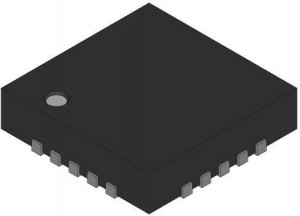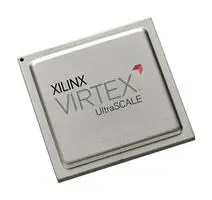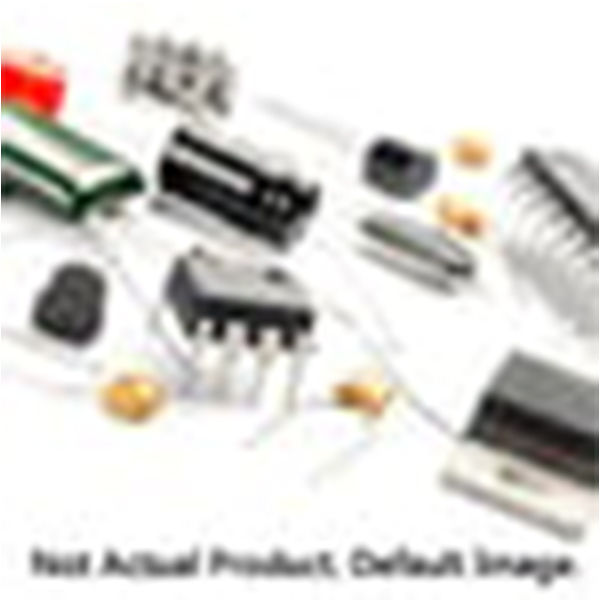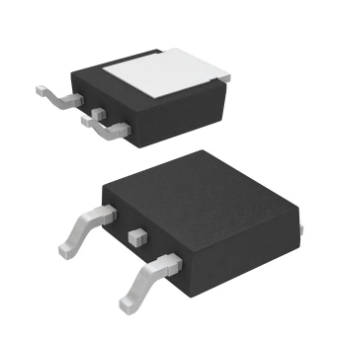TPA2013D1RGPR Audio Amp Speaker Electronic Components Integrated Circuit IC Chip 100% New & Original
PRODUCT DETAIL
|
Product Attributes |
|||||||||||||||||||||||||||||||||||||||||||||||||||||||||||||||
|
What is an audio amplifier?
Audio amplifiers are devices or circuits that amplify and buffer audio signals to drive a low impedance, inductive speaker load. They are used in applications like high-powered audio systems in cars and homes, television sets, headphones and microphones. Some devices incorporate a serial interface for direct control of parameters by a processor. They are also available in different input signal types, including analog, pulse width modulation (PWM) and a number of digital industry standard formats. Examples of digital formats typically supported are: I2S, time division multiplex (TDM), left-justified (LJ) and right-justified (RJ).
An audio amplifier has a number of characteristics to consider. Amplifiers with digital inputs will support ‘sample rates’ that can range from 8 kHz to 192 kHz. They may be designed to incorporate the digital audio flow from a DSP and have sophisticated configurations for Bluetooth speakers, sound bars, docking stations and even sub-woofers. Analog inputs may be single-ended or differential and include a preamp, clip detection and tweeter detect. Audio power amplifiers may be closed or open loop designs, incorporating internal feedback and current limiting. Some amplifiers will have fault, over temperature and clipping detection, and may be available as digital output signals for a connected processor. Most audio amplifiers will incorporate a MUTE circuit.
Many audio amplifiers will support multiple channels. These usually have a rated output power for contiguous continuous operation into speaker impedance (for example 4 Ohms). They will also be rated for a specific maximum total harmonic distortion and noise (THD+N) under different load and power conditions. Power Supply Rejection Ratio (PSRR) is also a very important consideration in the reduction of hum and noise coupled from the power supply. Multiple Channel Audio Amplifiers may support “bridge tied load” configurations where outputs are combined to drive a single load and increase output power. This is important in sub-woofer amplifier design.
What is a Class D power amplifier?
Class D power amplifier is a kind of electronic amplifier, also known as power switching amplifier.
Advantages of Class D power amplifiers:
1, High efficiency: Class D power amplifier can provide low thermal power consumption, good performance output, light weight. This is a crucial problem for portable amplifiers and bass amplifiers.
2, wide application: Class D power amplifier has a wide range of applications.
3, clear sound: D class effect can be adjusted relative frequency, clear sound, accurate positioning of sound and image.
4, can be mass production: D class power amplifier as long as the element position is placed correctly, can be mass production, safe and reliable.
5, multifunctional: D class power amplifier can be directly remote control, monitoring and other operations, without any other equipment.
6. Power saving: Compared with AB amplifiers, Class D power amplifiers require smaller heat sinks and power supplies.









.png)



